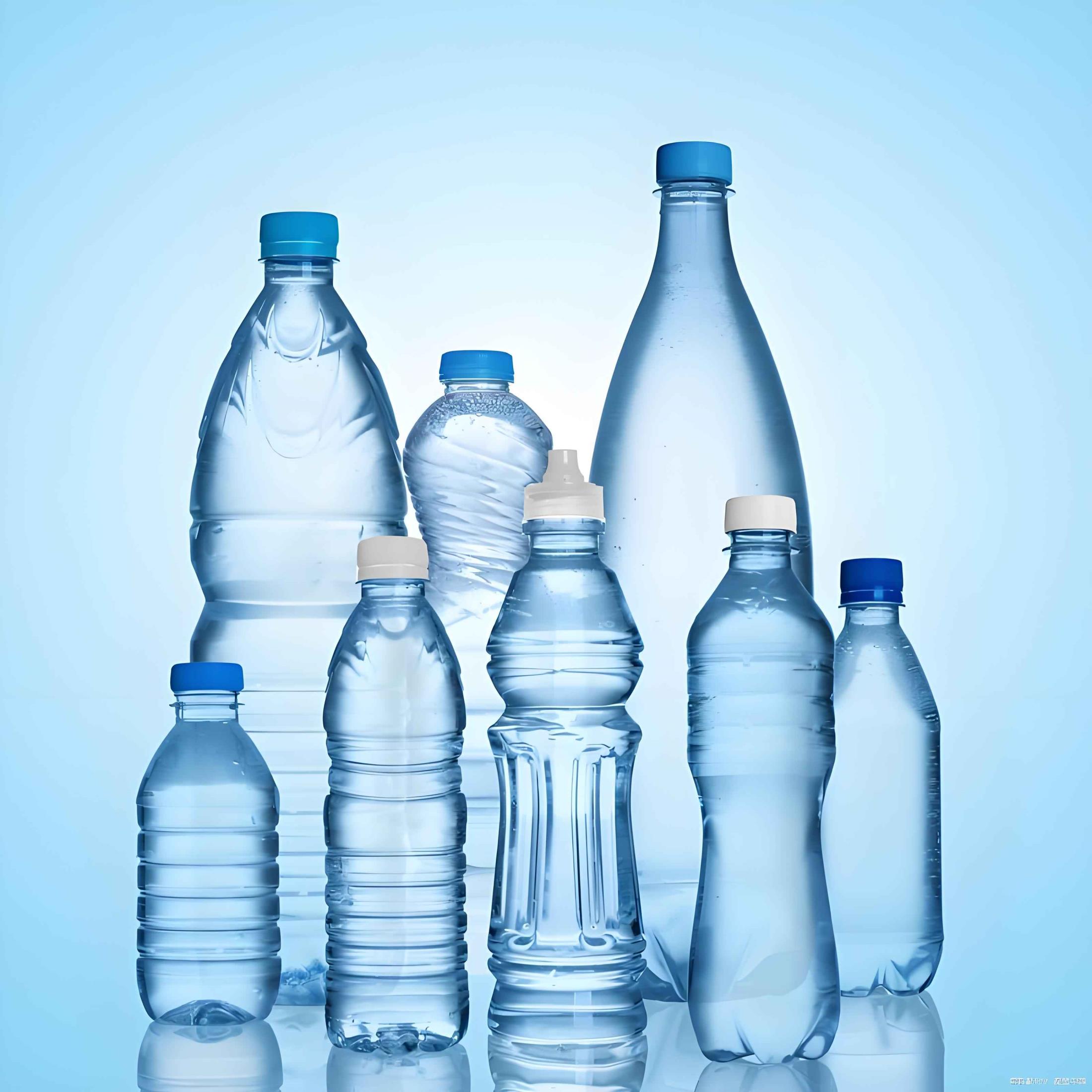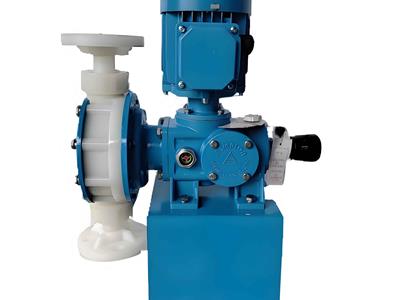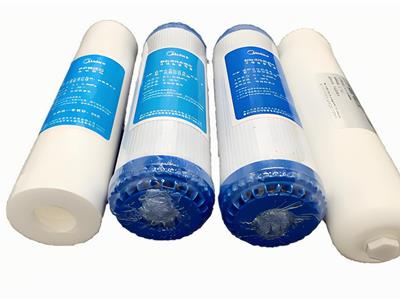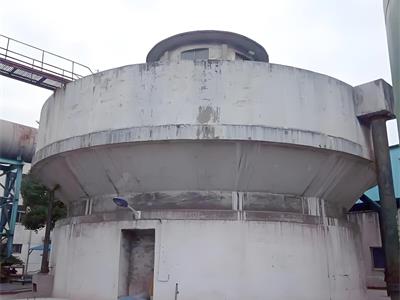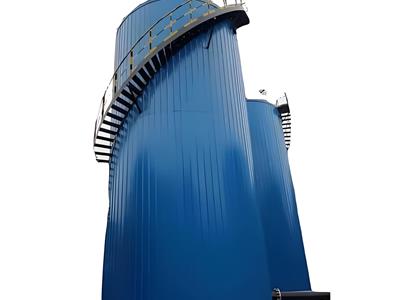- 2025-07-22
Bromate Removal System
Bromate pollution characteristics and limit requirements
Generation conditions: The risk is significant when the raw water bromide ion is greater than 0.1mg/L and the ozone dosage is greater than 1.0mg/L
Safety threshold: The bromate content of drinking water is ≤0.01mg/L
Health impact: Long-term intake of excessive bromate can cause renal tubular damage (confirmed by epidemiological studies)
Core treatment process selection
1. Source control technology
Ozone dosing optimization system
Multi-point injection control (contact tower is injected in three stages)
Online ORP monitoring (set value 650mV)
Bromide pre-removal
Strong base anion resin exchange (selective adsorption of Br⁻)
Influent bromide ions are reduced to <50μg/L
2. Terminal deep treatment
Activated carbon adsorption system
Coal-based crushed carbon (iodine value ≥900mg/g)
Empty bed contact time (EBCT) ≥12 minutes
Reverse osmosis membrane separation
Low-pressure composite membrane (desalination rate ≥98%)
System recovery rate 75-80%
3. Combined process guarantee
UV/hydrogen peroxide advanced oxidation
254nm ultraviolet lamp (dose 40mJ/cm²)
H₂O₂ dosage 3-5mg/L
Biological active filter
Ceramic granule filter layer thickness 1.2m
Backwash intensity 4L/(㎡·s)
Key points of project implementation
Precise ozone control:
Use ozone tail gas destruction device (decomposition efficiency>99%)
Ozone generator output adjustment accuracy ±5%
Membrane system protection:
Stable inlet SDI value <3 (15 minutes test value)
Inhibitor tolerance residual chlorine concentration <0.1mg/ L
Process performance comparison
Activated carbon process: bromate removal rate 85-92% (when the carbon bed height is 1.8m)
Reverse osmosis system: bromate retention rate > 98.7% (pressure 0.8MPa)
Combined process: bromate is not detected in the effluent (detection limit 0.0005mg/L)
Operation and maintenance specifications
Activated carbon replacement cycle:
Iodine value drops to 650mg/g or 12 months of operation
Membrane cleaning procedures:
Monthly chemical cleaning (0.1%NaOH+0.025%Na-DDS solution)
Annual flux attenuation rate control <7%

